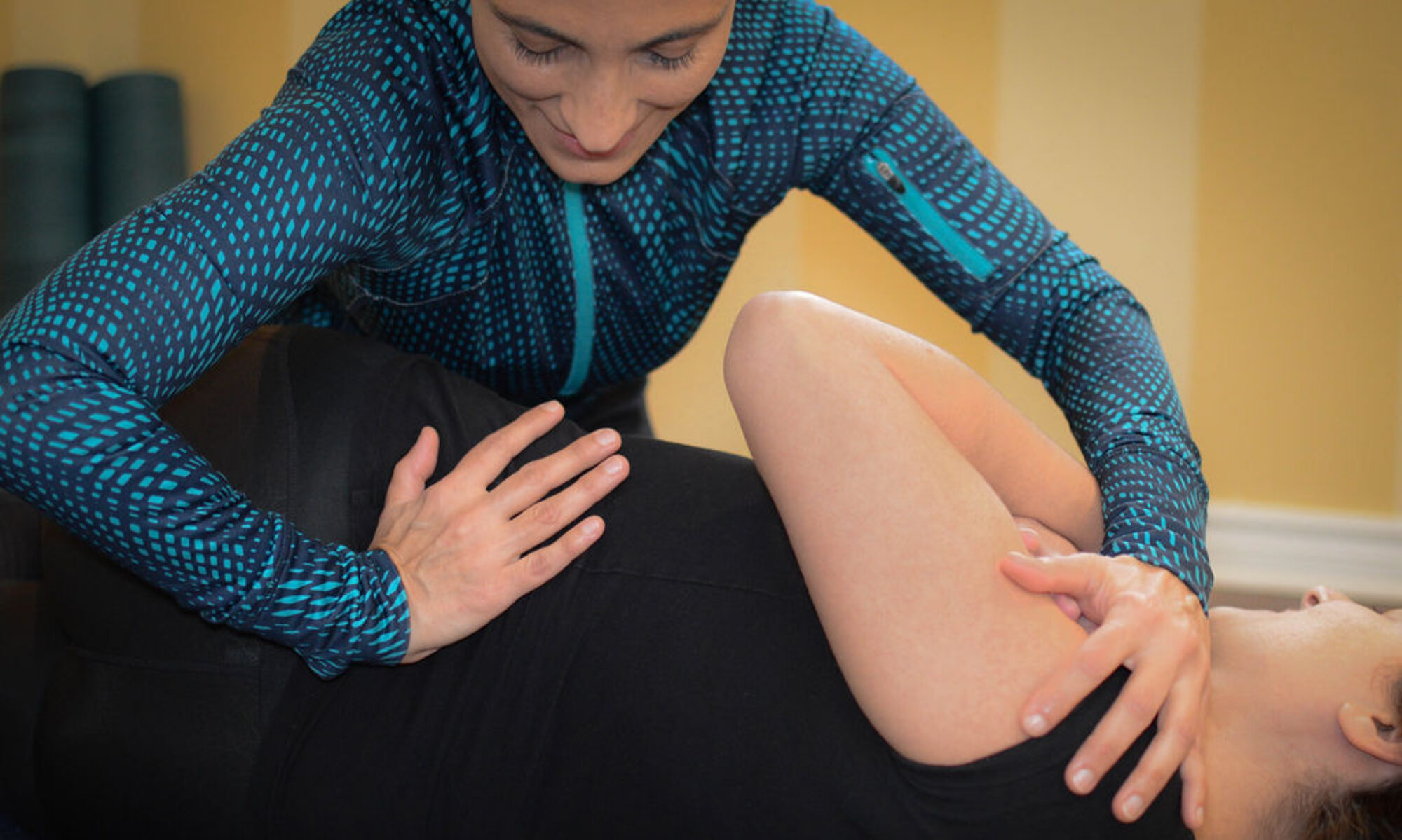Osteopathy provides a general well-being in the body, therefore, it relieves symptoms of anxiety.
Treat anxiety with osteopathy
Anxiety, like stress, are increasingly common pathologies due to the pace of life we lead. Osteopathy can help relieve symptoms derived from mental health problems thanks to the diversity of techniques it offers and a holistic view of the body. An osteopath considers the body structure as something alive and that reflects everything we experience externally and internally.
How does osteopathy treat anxiety?
Osteopathy offers different techniques, structural, cranial and visceral, that allow the patient with anxiety to be treated completely and feel a great improvement in a few sessions. The body hides a lot of information that through manipulation the therapist can detect and help channel to the person who suffers.
In this way, the first thing is to check the posture and do a little questioning, see possible injuries and origin of anxiety. Sometimes anxiety is temporary, an alarm system in our body that tells us that something is wrong; others, it is a pathological anxiety and effects to a greater degree at a physical and mental level.
From all the information collected we can diagnose which is the best treatment. In a very brief way, to cure anxiety symptoms from osteopathy, gentle manipulations, massages, movement of the joints are carried out to readjust the entire body, inside and out. In addition, they apply cranial osteopathy techniques that help relieve mental stress, among other techniques.
The benefits of osteopathy to cure anxiety disorders
Anxiety generates a physical state of tension that causes many muscle problems, neck pain and dizziness, stomach pain, among others, which in the long run can be more complicated to treat. Therefore, the benefits of osteopathy for anxiety will be seen immediately if a treatment is applied in time:
Improved breathing.
Eliminates the feeling of abdominal blockage.
Helps blood circulation.
Unlocks the movement of those areas that were in tension.
Repair possible injuries and muscle contractures.
Provides mental well-being and relaxation.
If you suffer from anxiety do not think about it anymore. You have nothing to lose, come and try. Book your osteopathy treatment today!


